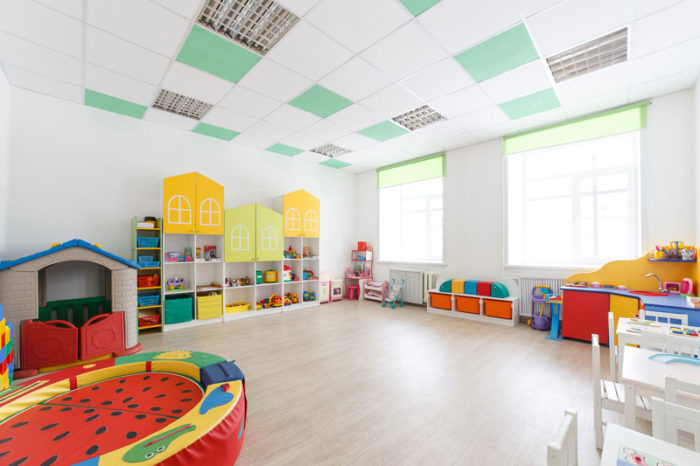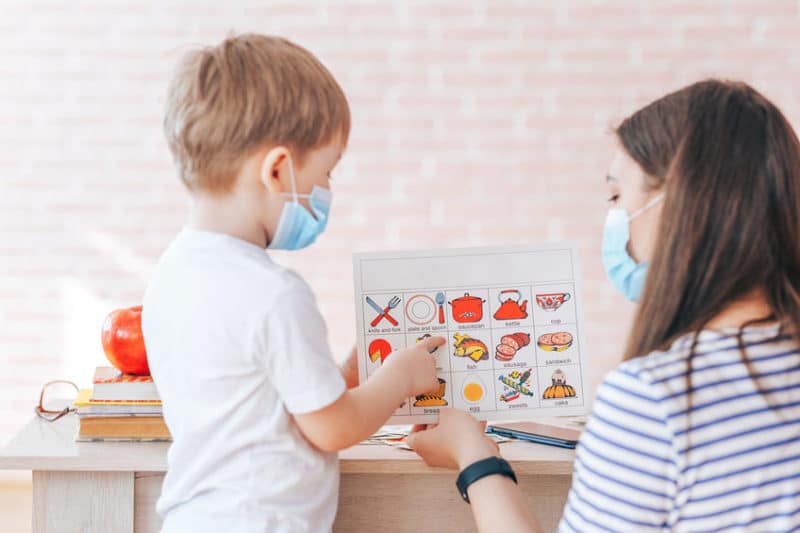In Spain children will not return to class, in principle until September and with security measures that should be known. The COVID-19 coronavirus pandemic has changed life for everyone in many ways. That children do not go to school due to a pandemic for so long is undoubtedly a historic event . It is important to know what the AEP recommendations are for the reopening of educational centers for children, primary and secondary.
In the case of 4th ESO, 2nd Baccalaureate and in children under 6 years of age whose parents have to go to work, some autonomous communities are considering returning to the classroom from May 25 , in the places where phase 2 is reached on that date. Although there is disagreement with this and therefore, everything is still up in the air. An early return can pose an excessively high risk of contagion.
Do it safely
The Spanish Association of Pediatrics (AEP) has drawn up a proposal to the gradual reopening of schools and colleges and establishes a series of recommendations by age. It is necessary to guarantee the safety of minors and minimize the risk of transmission. The reopening will have to be gradual and progressive, taking into account some recommendations by age group.
Infant Schools ( 0 to 3 years) and Early Childhood Education (3 to 6 years)
These are the areas that pose a greater risk of contagion or transmission due to the difficulty of complying with distancing and hygiene measures. From 0 to 3 years, groups should be limited to 5 children per caregiver and class. The collective activities must be independent in each group of 5 children. Teachers should have adequate protective equipment.
In the case of children between 3 and 6 years old, recommendations similar to those mentioned above should be followed, since the risk of contagion remains high. Although the use of a mask is not necessary because children would take them off, social distancing should be extreme.

Primary Education (6 a 12 years old)
In this case, the school entry and exit times must be made more flexible and face-to-face time reduced as much as possible. Shifts will be established for face-to-face and non-face-to-face academic activity. In the case of attending the classroom, social distancing, hygiene and surveillance measures must be taken. The mask will be necessary but gloves are not recommended since continuous use can even facilitate transmission.
Secondary Education (12 to 16 years old)
In these cases, the risk of contagion may be lower as long as the students act responsibly. They have sufficient capacity to learn to be responsible regarding the security measures established by the government: social distancing, hygiene and protection. There would also be a combination of face-to-face content in class with online content.
Other recommendations to remember
According to the WHO (World Health Organization ) some advice must also be followed in the reopening of schools, some of which are the following:
- Any professional or student with symptoms compatible with COVID-19 should not attend school.
- Regular hand washing with water, soap and hand sanitizing alcohol must be done before and after meals, on the patio, in the bathroom, etc.
- During recess or in It is mandatory to wear a mask during physical activities.
- Classrooms must be ventilated frequently.
- The number of people per classroom must be limited.
- The educational center it must have a protocol of action in case there are cases of coronavirus among its members.
- It must make a plan to stagger the start and the end of the school day.
- Support should be provided to the most vulnerable populations.
These are some of the recommendations that can be modified depending on the evolution of the pandemic. In any case, it is everyone’s responsibility that the situation improves as soon as possible.
